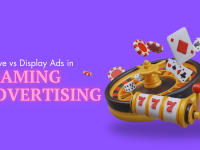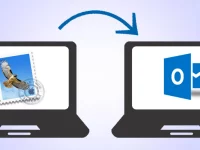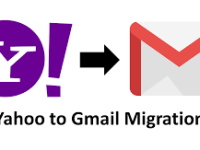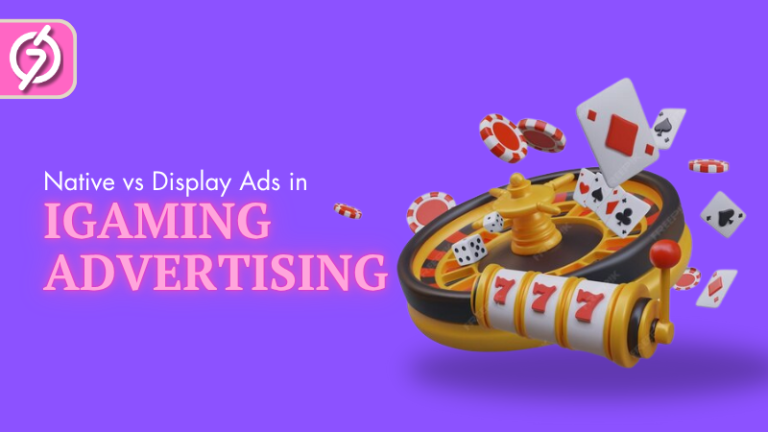Native vs. Display: Which Ad Format Wins in iGaming Advertising?
The Battle of Visibility and Relevance in iGaming Ads
When it comes to igaming advertising, marketers often face one of the most important creative choices—whether to go with native ads or display ads. Both formats promise visibility, engagement, and conversions, but they work differently and attract players in unique ways. In today’s competitive online gaming world, making the right ad format decision can shape the entire return on your marketing spend.
Interestingly, research suggests that native ads deliver up to 53% more engagement than traditional display ads because users see them as part of their natural browsing experience. Yet, display advertising still dominates major iGaming campaigns because of its reach and data-driven precision. So, which one actually wins for advertisers aiming for a long-term, sustainable player acquisition strategy?
Before we dive deeper, it’s worth noting that success in this sector doesn’t just depend on the ad format—it’s about how you apply smart moves for iGaming advertising that mix creative storytelling, player psychology, and platform-level precision. The real question isn’t just which format wins, but how to use each strategically to amplify results.
Ad Fatigue and Wasted Spend in iGaming Campaigns
Most advertisers in the iGaming industry already know that running ads isn’t the hard part—it’s getting noticed without annoying players. iGaming audiences are digitally mature, and many of them have seen thousands of promotional creatives daily. As a result, banner blindness has become a real problem. Even high-budget display ads can fail to attract attention simply because users have learned to ignore anything that looks like an ad.
Then there’s the issue of wasted impressions. Many advertisers end up spending heavily on clicks that don’t convert because the ad didn’t align with player intent. A flashy jackpot banner may drive curiosity clicks, but if it doesn’t match the landing page experience or target player motivation, conversions stay low. This disconnect hurts both cost efficiency and brand trust.
Native ads, on the other hand, seem to overcome some of this fatigue. They appear within content feeds or platform interfaces in a non-intrusive way, making users more receptive. But native also demands stronger creative strategy—titles, visuals, and placements must all feel authentic while still nudging users toward a gaming action. That’s a balance few brands achieve consistently.
The Psychology Behind Native vs. Display in iGaming
When you look at player psychology, native ads tap into curiosity and subtle influence, while display ads rely more on visibility and recall. Native formats work because they blend with user intent. Players exploring reviews or gaming guides already have interest; a native ad suggesting a related casino or sportsbook feels like a logical extension of that curiosity.
Display ads, by contrast, trigger impulse behavior. They serve well in awareness stages when you want to grab mass attention—like promoting new tournaments, betting odds, or seasonal bonuses. However, they often perform weaker in conversion phases unless retargeted precisely.
Top-performing advertisers usually combine both. They use display ads for awareness and retarget users later through native placements or content partnerships that feel organic. This layered approach not only maintains visibility but also builds emotional trust over time—something critical in the iGaming space where reputation drives user decisions.
Native Advertising: Context Wins the Click
Native advertising has rapidly become a favorite among performance-focused marketers. Its biggest advantage lies in contextual alignment—the ability to fit the message seamlessly into the surrounding content. Instead of shouting for attention, native ads whisper at the right moment.
For example, imagine a reader browsing a “Top 10 Poker Strategies” blog. A well-placed native ad promoting a poker tournament feels helpful rather than intrusive. This relevance not only drives engagement but also builds credibility, as users associate your brand with value rather than interruption.
From an operational standpoint, native ads are flexible. They adapt across formats—news articles, mobile apps, social feeds—and support dynamic content tailored to each audience segment. Platforms like 7Search PPC make this process easier by allowing advertisers to run igaming ad campaigns that blend targeting data with contextual placement, improving CTR and retention rates over time.
Advantages of Native Ads in iGaming
- High engagement through organic placement
- Better player trust due to contextual relevance
- Improved click-through rates and dwell time
- Seamless integration with editorial-style content
- Adaptive messaging for different audience segments
However, native ads require careful creative execution. Misaligned tone or poor copy can break trust quickly. A “too pushy” headline or overpromised bonus can make players feel manipulated. Authenticity is the real winning factor here.
Display Advertising: Reach and Retargeting Power
Display advertising remains the most scalable and measurable way to reach iGaming audiences. With formats like banner ads, rich media, and video pre-rolls, advertisers can cover multiple touchpoints across the player journey—from awareness to conversion.
What makes display effective is its ability to deliver mass visibility fast. It’s particularly powerful for brand reinforcement and remarketing. For instance, after a user visits a casino landing page or engages with a native ad, display ads can follow up with tailored creatives showing limited-time bonuses or seasonal events. This consistent visibility keeps your brand top-of-mind and re-engages players who might not convert immediately.
Advantages of Display Ads in iGaming
- Massive reach across ad networks and exchanges
- Strong remarketing and retargeting capabilities
- Clear, measurable data and performance analytics
- Effective for quick awareness and event promotions
- Supports multimedia and interactive creative formats
Yet, the challenge is maintaining engagement quality. Many display ads are ignored or blocked by users, especially when they lack personalization or creative freshness. To overcome this, successful advertisers invest in design experimentation—animated banners, gamified popups, or interactive storytelling visuals that stand out even within crowded ad spaces.
Combining Both Formats for Maximum ROI
Instead of choosing between native and display, the smartest advertisers combine both strategically. The key is to align them across the customer journey.
Here’s a simple but effective model many iGaming advertisers follow:
Stage 1: Awareness through Display
Start with targeted display ads to introduce your platform, game, or promotion. Use engaging visuals and concise calls to action. Focus on brand recall and first impressions rather than conversions at this stage.
Stage 2: Engagement through Native
Once awareness builds, shift to native ads that tell a story. Use in-article placements, editorial partnerships, or influencer tie-ins to create an authentic connection. This phase deepens interest and encourages action.
Stage 3: Retargeting through Display Again
Finally, bring back interested users through dynamic display retargeting. Offer exclusive deals, registration bonuses, or tournament reminders. This keeps your brand in their consideration set and pushes them closer to conversion.
Such integration can boost overall campaign ROI by blending the best of both worlds—reach and resonance. As a result, advertisers not only drive more registrations but also build player loyalty through consistent, trusted messaging.
Practical Examples from the iGaming Market
Several successful igaming advertising examples show how this blend works in real life. For instance:
- A sports betting brand ran awareness display banners during the football season and followed up with native content featuring expert match predictions—resulting in a 30% boost in signup intent.
- An online casino launched a “Play Smart, Win Big” content series using native ads across gaming blogs, then retargeted viewers with bonus-specific display ads, leading to 45% higher CTR.
- A poker app promoted its mobile tournament via native advertorials, later remarketing to those users through engaging display videos featuring real-time player stats and testimonials.
Each example underscores a truth—context drives connection, and repetition drives recall. The synergy between native and display isn’t about format preference but timing, placement, and emotional relevance.
What Advertisers Should Take Away
Whether you’re promoting an esports tournament, online slots, or sports betting offers, format strategy matters. Native ads win on subtlety and storytelling, while display ads dominate on scale and speed. Your igaming advertising strategy should balance both based on campaign objectives and player behavior.
If your goal is awareness, invest in rich display ads with clean visuals and minimal clutter. For engagement and conversions, native ads can guide players naturally to take the next step. Combine data from both to refine future igaming promotion efforts and target your highest-value segments efficiently.
Ready to Launch Your Next Campaign?
Choosing between native and display isn’t about taking sides—it’s about knowing when each wins. And if you’re ready to build campaigns that convert attention into loyalty, it’s time to take action. You can create an ad campaign with a trusted ad network that understands iGaming’s fast-paced ecosystem and provides tools to blend creativity with targeting precision.
Closing Thoughts
In the end, both native and display ads have their moments to shine. The real winners are advertisers who experiment, analyze, and adapt. Think less about which format wins and more about how they can win together. Use data smartly, design creatively, and never stop testing new approaches.
Because in iGaming, attention is a currency—and the smartest marketers don’t just chase it; they earn it through relevance, timing, and authenticity. Keep learning, keep optimizing, and soon enough, you’ll find your own formula for sustainable advertising success.
And who knows? Maybe your next campaign will be the one everyone else studies as the next great example of how to play the iGaming ad game the smart way.





















0 Comments